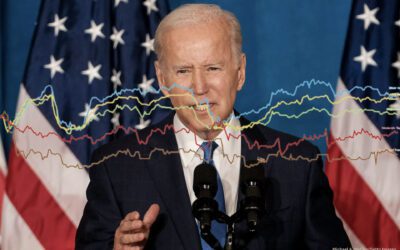In this analysis, the first in a series of reports from the Democracy Corps databes on trends in the 2008 electorate, Democracy Corps founders Stan Greenberg and James Carville, along with Anna Greenberg and John Brach of Greenberg Quinlan Rosner, explore early voting, which took on new and greater prominence in the 2008 election.
In the 10 months leading up to the 2008 election, Democracy Corps conducted nearly 18,000 interviews in 16 national surveys with voters around the country. Based on a review of this extensive database, we’ve identified several key trends in the 2008 electorate that can offer guidance for progressive moving forward.
In this analysis, the first in a series of reports on these trends, Democracy Corps founders Stan Greenberg and James Carville, along with Anna Greenberg and John Brach of Greenberg Quinlan Rosner, explore early voting, which took on new and greater prominence in the 2008 election. Current estimates suggest that nearly one third of ballots were cast early in 2008, up from approximately 23 percent in 2004. The early vote had a distinct impact on the presidential contest and other races across the country.
By matching Democracy Corps survey data to a list of actual 2008 early voters provided by Catalist, we are able to study early voters in detail: who they are, what motivates them, and how they tended to vote in 2008. In some ways, a profile of early voters confirms expectations. They are, on average, considerably older than the overall electorate, and they are heavily concentrated in the primarily western and southern states that do not require an excuse to vote early. However, as unrestricted early voting has become more widespread, less obvious dynamics have emerged. Factors that shaped the 2008 early vote include voter engagement and enthusiasm, campaign contacts, and the convenience benefits of voting early, which are greater for some voters than for others.
The interaction of these factors is complex and not always predictable, but the 2008 early vote data offers insights into this important and growing segment of the electorate.




